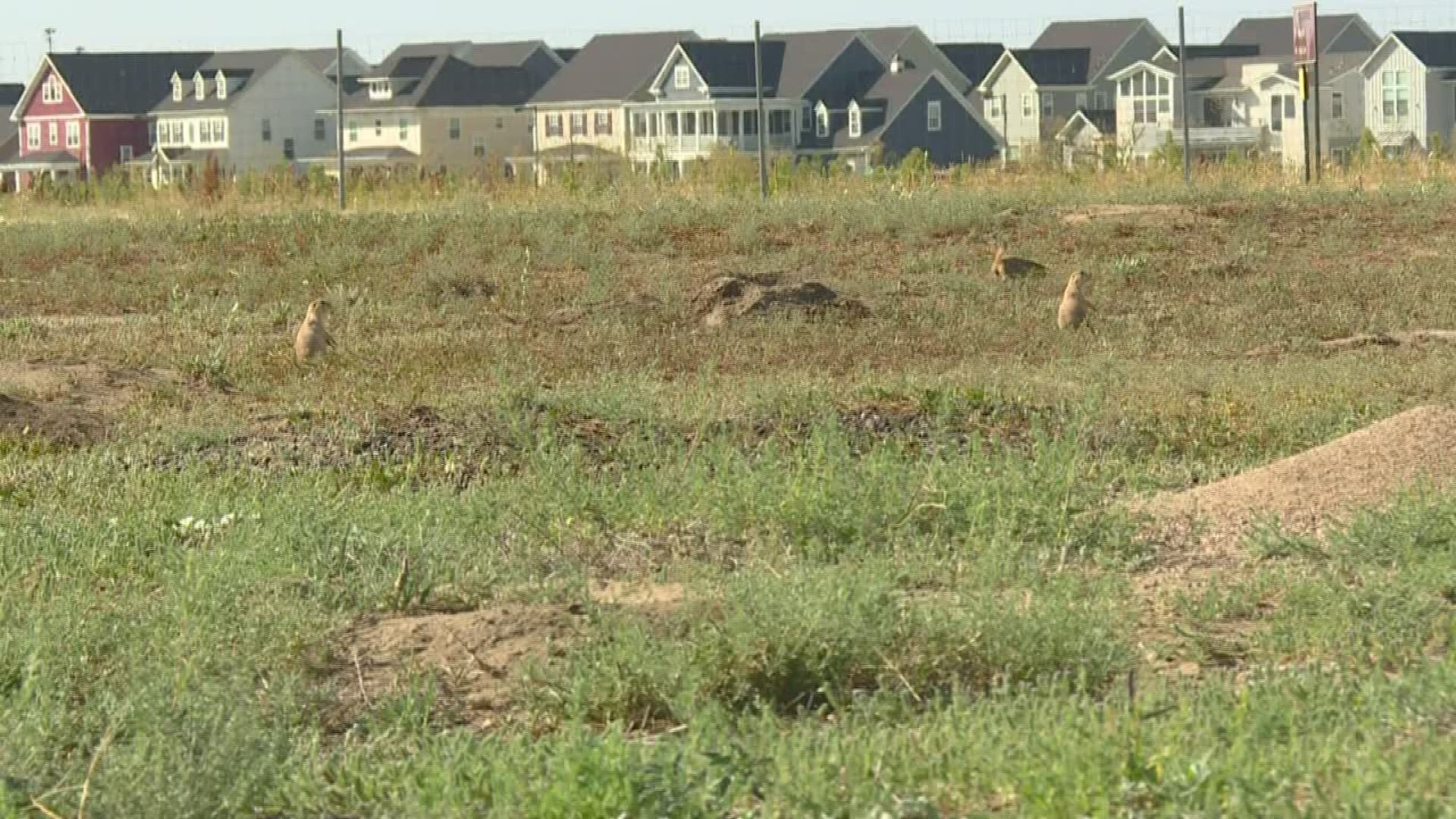Historical Context: Plague Case In Colorado

Plague case in colorado – Plague has a long and devastating history in Colorado and the surrounding Rocky Mountain region. The first recorded outbreak in the area occurred in 1899, when a group of miners in the San Juan Mountains contracted the disease. The outbreak quickly spread to other parts of the state, and by 1904, over 1,000 people had died from the plague.
The plague that struck Colorado in the late 19th and early 20th centuries was the bubonic plague, which is caused by the bacterium Yersinia pestis. Bubonic plague is typically transmitted to humans through the bite of an infected flea. The bacteria then travels through the lymphatic system to the lymph nodes, where it causes them to swell and become inflamed. If the bacteria enters the bloodstream, it can cause septicemic plague, which is a much more serious and often fatal form of the disease.
Diagnosis and Treatment
In the early 1900s, there was no effective treatment for the plague. Doctors relied on quarantine and isolation to prevent the spread of the disease. Patients were often treated with antibiotics, but these were not always effective. As a result, the mortality rate from the plague was very high.
Prevention, Plague case in colorado
The best way to prevent the plague is to avoid contact with infected animals and fleas. This means taking precautions when hiking or camping in areas where the plague is known to be present. It is also important to wear insect repellent and to check for ticks and fleas after spending time outdoors.
Public Health Response
Public health agencies play a crucial role in responding to plague cases. They investigate the case, identify contacts, implement control measures, and educate the public about the disease. These actions are essential for preventing the spread of the plague and protecting public health.
In the case of the Colorado plague case, the local health department worked with the Colorado Department of Public Health and Environment and the Centers for Disease Control and Prevention (CDC) to investigate the case and identify contacts. The health department also implemented control measures, such as trapping and testing rodents and treating people who had been exposed to the plague.
Public Education and Outreach
Public education and outreach are important for preventing future outbreaks of the plague. The public needs to be aware of the symptoms of the plague and know how to avoid exposure to the disease. Public health agencies can provide this information through a variety of channels, such as social media, public service announcements, and community meetings.
The plague case in Colorado has sent shockwaves through the community, leaving residents on edge. Amidst the chaos, a glimmer of hope emerged on the soccer field. Charlotte FC and Inter Miami faced off in a thrilling match, providing a brief respite from the anxiety.
However, as the sun set on the game, thoughts inevitably returned to the plague, a grim reminder of the fragility of life.
In the shadow of Colorado’s mountains, a plague case emerges, its victims left to grapple with the weight of its deadly touch. Amidst the somber news, whispers of Tigres Necaxa ‘s resurgence offer a flicker of hope, reminding us that even in the face of adversity, life finds ways to persevere.
As the plague’s grip tightens, Colorado’s resolve remains unyielding, determined to overcome this latest challenge.
